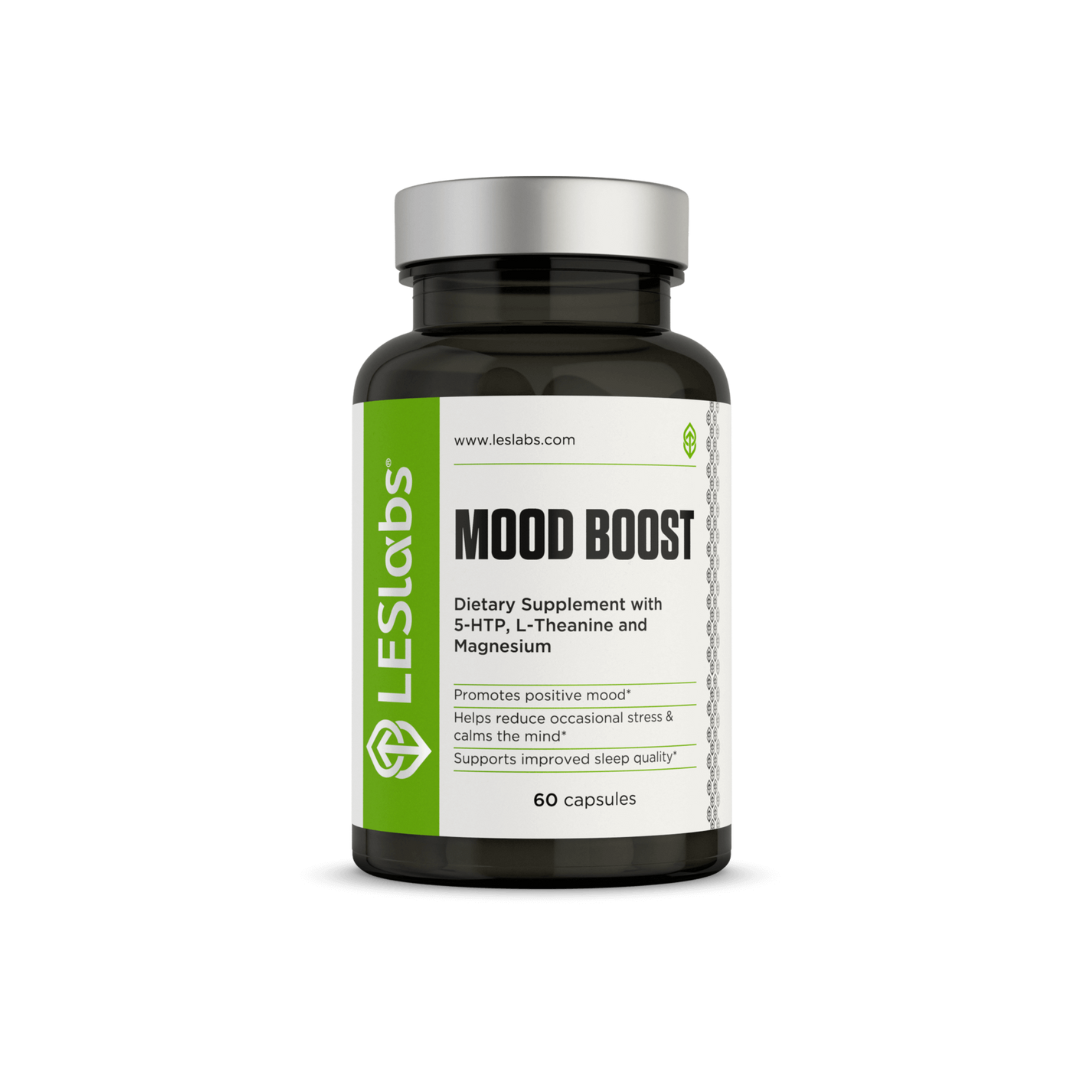Unlock Your Inner Calm: 3 Powerful Meditation Techniques for Anxiety Relief

What is Meditation?
We’ve all felt overwhelmed, anxious and scared at one point or another in our lives. Whether it’s from stress or trauma, it can be difficult to keep a clear head and stay present. Fortunately, there are ways to help ease anxiety, and one of the most effective is meditation. In this blog post, we’ll discuss what meditation is, the benefits of meditation for anxiety relief, three powerful techniques to unlock your inner calm, and how to get started with meditation. What is Meditation? Meditation is an ancient practice that originated in India and has been used for centuries to help individuals improve their mental and physical health. It’s a form of relaxation that involves focusing on the present moment and letting go of any thoughts or worries that may be present. It can include deep breathing, mindfulness, and visualization. Meditation can be done in a variety of ways, from sitting in a quiet place to walking in nature. The goal of meditation is to reach a state of relaxation and inner peace, which can help reduce stress and anxiety.
Benefits of Meditation for Anxiety Relief
Meditation is an incredibly powerful tool for reducing anxiety and promoting emotional wellbeing. Studies have shown that mediation can help reduce symptoms of depression, improve focus, and increase resilience. Additionally, it can help reduce cortisol levels, which is the hormone associated with stress. It has also been shown to reduce rumination, which is a form of repetitive thinking that can be associated with anxiety.
Meditation can also help to increase self-awareness and self-acceptance. It can be used as a tool to help individuals recognize and process their thoughts and feelings in a healthier way. This can be beneficial for those struggling with anxiety, as it can help to identify triggers and understand how to better cope with them.

Techniques to Unlock Your Inner Calm
There are many different types of meditation techniques that can be used to help relax and reduce anxiety. Here are three of the most powerful techniques to help unlock your inner calm.
Guided Imagery
Guided imagery is a type of meditation that involves visualizing peaceful and calming images in your mind. This can be done by focusing on a particular image or using a script to help guide your thoughts. This technique can help to reduce stress and anxiety by allowing the mind to focus on something calming, rather than worrying thoughts or intrusive thoughts. It can also be used to help individuals practice gratitude and acceptance of their current situation.
Mindfulness Meditation
Mindfulness meditation is a popular form of meditation that involves being aware and present in the moment. This can be done by focusing on the senses and the environment, such as the sound of birds chirping or the feel of the sun on your skin. It can also involve focusing on the breath and observing the thoughts and feelings that come up without judgement. This technique can help to reduce anxiety by allowing individuals to be in tune with their bodies and their environment, and to recognize and accept their thoughts and feelings without judgement.
Breathwork
Breathwork is another type of meditation that involves focusing on the breath. This can involve deep breathing exercises, such as inhaling for four counts and exhaling for four counts, or simply focusing on the breath and noticing the sensations of each inhale and exhale. This technique can help to reduce anxiety by allowing individuals to focus on the present moment, and it can also help to slow down the heart rate and regulate the nervous system.
How to Get Started with Meditation
Meditation is a simple and effective way to reduce anxiety and increase wellbeing. To get started, it’s important to find a comfortable place to sit or lie down and set aside a few minutes each day. It can be helpful to start with short sessions, such as five to ten minutes, and then gradually increase the amount of time as you become more comfortable with the practice. Additionally, it’s important to find a comfortable posture that allows for relaxation and deep breathing.
It’s also important to be mindful of the environment. This can involve turning off any distractions, such as phones and TVs, and finding a quiet place to meditate. For those who find it difficult to sit still, it can be helpful to incorporate movement into the practice, such as walking or stretching.
{PRODUCT}
How to Create a Meditation Routine
Creating a meditation routine can be beneficial for those who want to make meditation a regular practice. It can involve setting aside a specific time each day to meditate, such as in the morning or evening, or whenever is most convenient. Additionally, it’s important to find a comfortable place to meditate, such as a designated room or outdoor space. It can also be helpful to have a set of instructions, such as a script or guided imagery, to help focus the mind.
Resources for Meditation
For those who are new to meditation, there are plenty of resources available to help get started. There are many online courses and apps that can provide guided meditation sessions, such as Headspace and Calm. Additionally, there are books and podcasts that can provide helpful information on meditation and its benefits.
Conclusion
Meditation is a powerful tool for reducing stress and anxiety, and for improving overall wellbeing. It can involve a variety of techniques, such as guided imagery, mindfulness, and breathwork. It’s important to find a comfortable place to meditate and to set aside a few minutes each day to practice. Additionally, creating a regular meditation routine can be beneficial for making meditation a regular practice.
Meditation is an incredibly powerful tool for helping to reduce stress and anxiety, and for improving overall wellbeing. With a little bit of practice, it can be a powerful tool for unlocking your inner calm.






